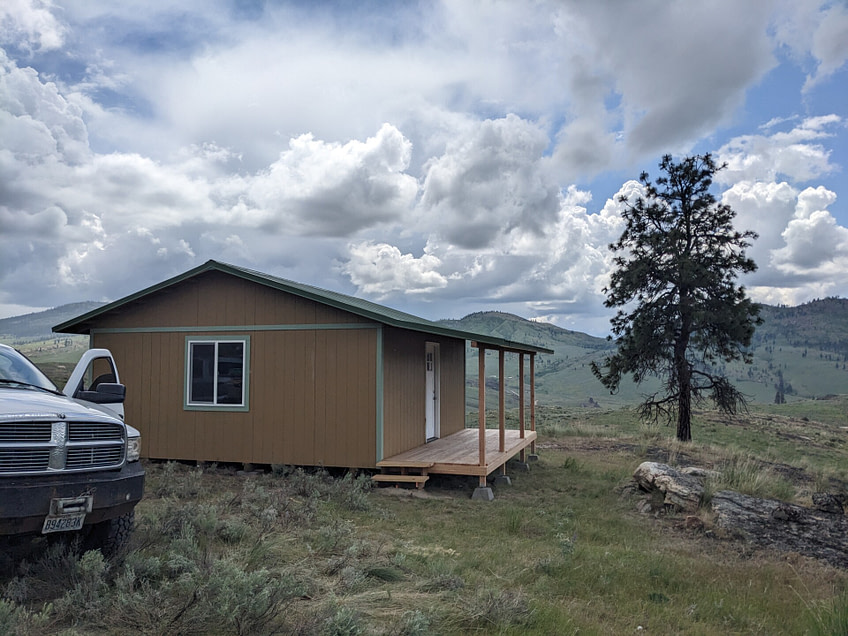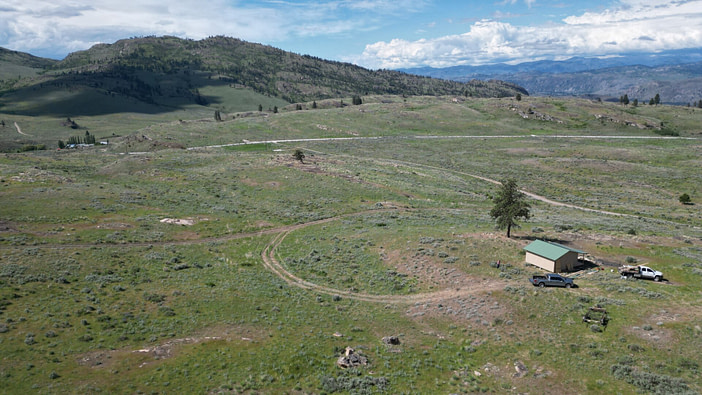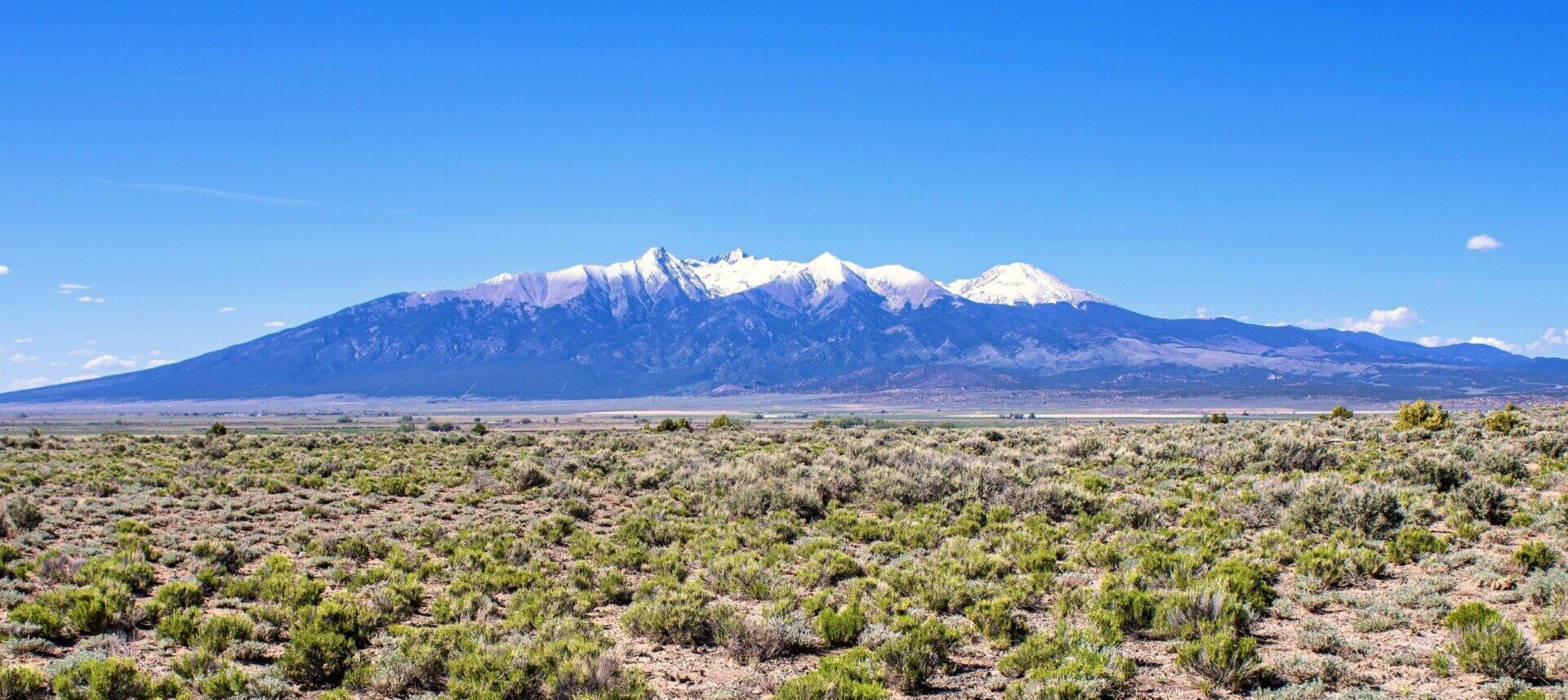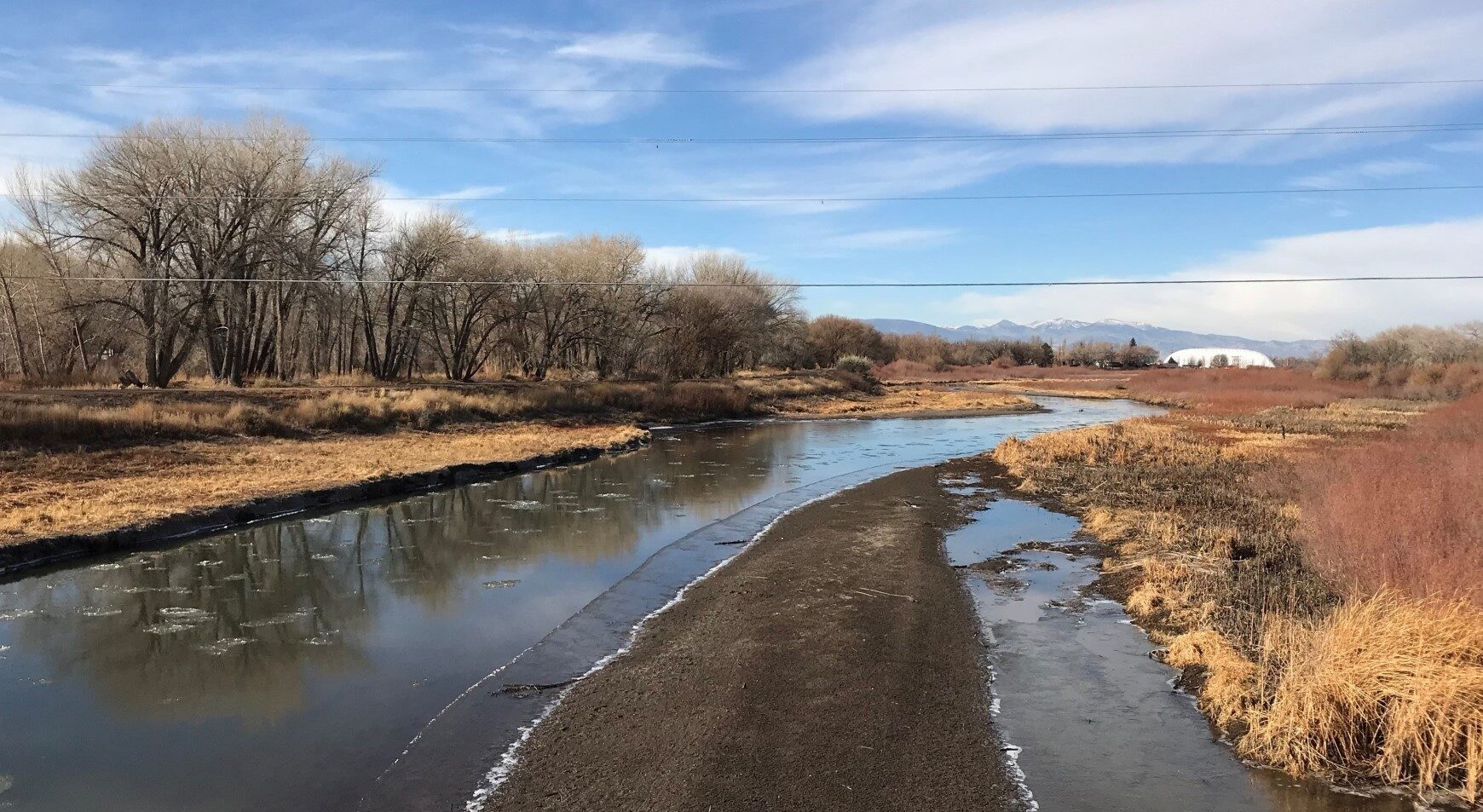Homesteading: Find Your Dream Sustainable Ranch Now
Like a seed awaiting the perfect conditions to sprout, your homesteading aspirations require fertile ground to flourish and thrive.
Embrace the timeless lure of self-sufficiency and sustainability; homesteading embodies the confluence of independence and harmony with nature – a dream ripe for realization.

Embracing the Homesteading Philosophy
At its core, homesteading epitomizes the quintessence of self-reliance and ecological stewardship. It beckons individuals to break free from consumerist chains, casting a vision for a life grounded in personal sovereignty.
This philosophy intertwines the values of simplicity, hard work, and a profound connection with the land. Subscribing to this way of life means overhauling conventional dependencies, emphasizing the purchasing of unblemished acreage that aligns with sustainable practices and nurtures a holistic lifestyle.
Self-Reliance Redefined
Homesteading invigorates a pioneer spirit, enabling control over food sources, energy, and shelter. It embodies resilience, demanding skills that foster a synergistic relationship with the land.
In an era of environmental uncertainty and supply chain volatility, homesteading stands as a beacon for stability—growing food, generating power, and ensuring water security. It is the ultimate expression of empowerment in an unpredictable world.
Ultimately, the homesteading ethos cultivates not just crops but character. As tending the land becomes second nature (attention to soil health, water conservation, and biodiversity), so does the deeply gratifying sense of accomplishment and autonomy that comes with nurturing self-sustaining ecosystems.
Environmental Stewardship
Homesteading intertwines with the fundamental tenets of environmental stewardship, where each decision is made with ecological integrity. It is a commitment to the land that transcends mere residency, embodying a symbiotic and restorative relationship with nature.
Cultivating sustainability roots deeply in the homesteader’s ethos. It pivots land use towards regenerative practices that enrich rather than deplete.
Embracing homesteading exemplifies living within nature’s means, ensuring that renewable resources are never overtaxed. It fosters a life in alignment with the natural cycles of ecosystems.
Through careful planning, homesteaders create systems that mimic natural processes, cycling nutrients and water back into the earth. This, in turn, reduces waste and promotes environmental balance.
Initiatives such as permaculture design weave together conservation principles with agricultural productivity, creating a synergy between food production, wildlife habitat, and human dwelling.
Ultimately, the act of homesteading becomes an exercise in ecological citizenship where each individual’s choices contribute to a broader vision of sustainable living and community resilience.

Community and Simplicity
The homesteading movement heralds a return to community-centric living, emphasizing relationships and interdependence over isolation and self-sufficiency.
To the aspiring homesteader, community embodies the essence of collective strength. By engaging in local trade, supporting regional agriculture, and participating in communal projects, homesteaders foster a sense of solidarity. This shared investment paves the way for a simplified lifestyle where dependence on distant supply chains diminishes. Resources are more sustainably managed when communities unite, multiplying the benefits of individual homesteads.
At its core, homesteading advocates for a simplified existence, stripping away the superfluous in favor of what is truly essential. In pursuing this lifestyle, individuals typically discover that less is often more. The reduction in material possessions pares down the complexities of modern life, bringing into focus the practices that support human well-being and environmental stewardship.
Indeed, within the tapestry of homesteading principles lies an irrefutable truth: community and simplicity are not merely aspects of living, but integral components of a sustainable future. By embracing these tenets, homesteaders create networks of mutual aid and support. These collaborative efforts not only enrich the soul but also lay the groundwork for a society that values connection, resilience, and the art of living well with less.


